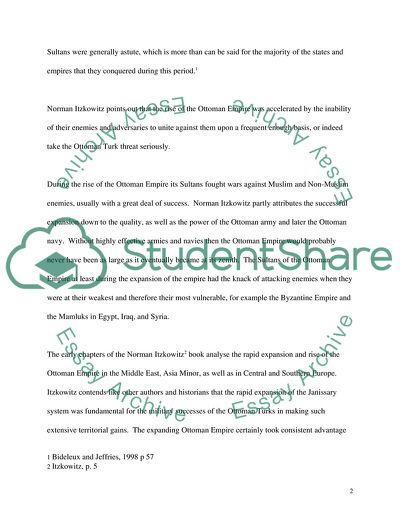Cite this document
(Analysis of Ottoman Empire and Islamic Tradition by Norman Itzkowitz Research Paper, n.d.)
Analysis of Ottoman Empire and Islamic Tradition by Norman Itzkowitz Research Paper. https://studentshare.org/history/1717845-history-research-paper
Analysis of Ottoman Empire and Islamic Tradition by Norman Itzkowitz Research Paper. https://studentshare.org/history/1717845-history-research-paper
(Analysis of Ottoman Empire and Islamic Tradition by Norman Itzkowitz Research Paper)
Analysis of Ottoman Empire and Islamic Tradition by Norman Itzkowitz Research Paper. https://studentshare.org/history/1717845-history-research-paper.
Analysis of Ottoman Empire and Islamic Tradition by Norman Itzkowitz Research Paper. https://studentshare.org/history/1717845-history-research-paper.
“Analysis of Ottoman Empire and Islamic Tradition by Norman Itzkowitz Research Paper”. https://studentshare.org/history/1717845-history-research-paper.


